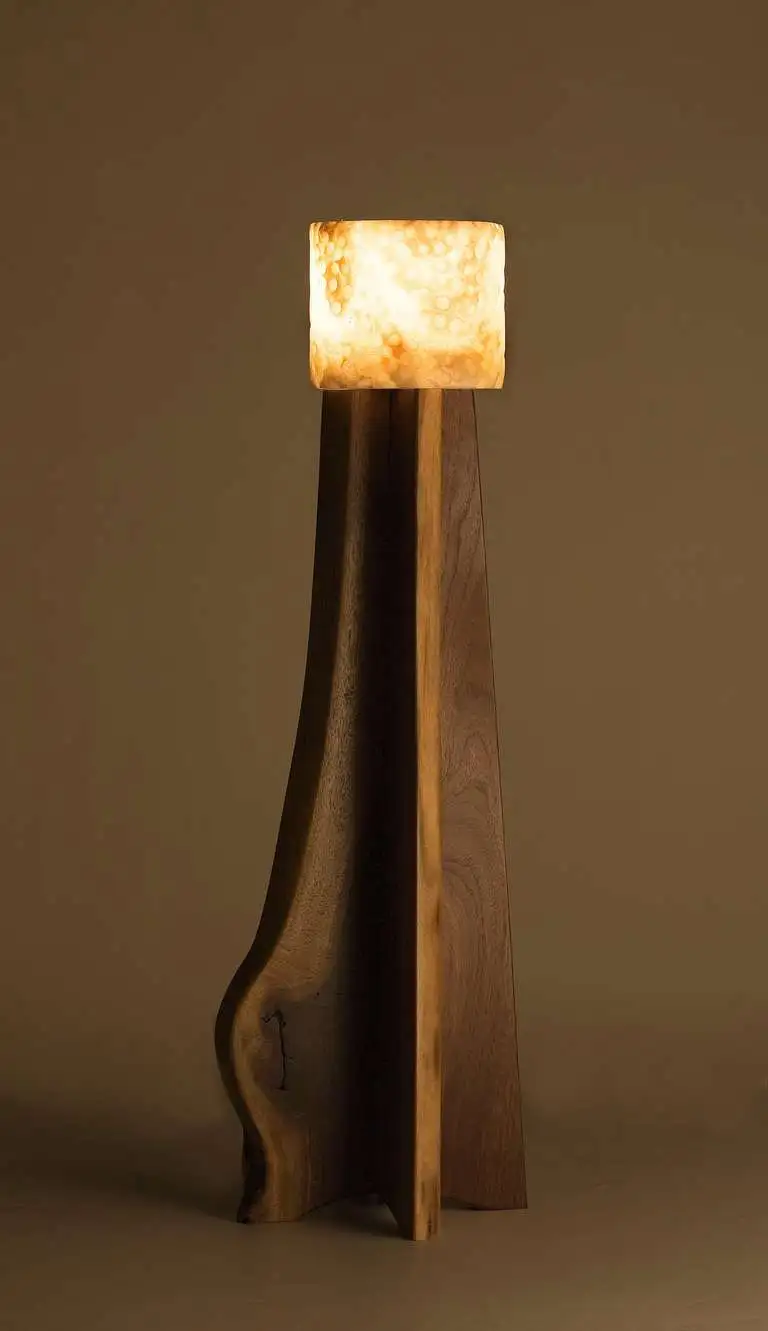
Lamp designing is a specialized field within the realm of product design that focuses on creating functional and aesthetically pleasing lighting fixtures. Designers in this field must blend technical knowledge with creative vision in order to produce lamps that not only illuminate a space but also enhance its overall aesthetics. Lamp designers may work with a variety of materials including glass, metal, and ceramics, and often incorporate elements such as shades, bases, and bulbs into their designs. In addition to considering aspects such as size, shape, and color, lamp designers must also take into account factors such as energy efficiency and sustainability in order to create products that are both visually appealing and environmentally friendly. The field of lamp designing offers a unique opportunity for creative individuals to bring light and beauty into the world through innovative and thoughtful design.
When it comes to lamp designing, there are countless factors to consider in order to create a functional and visually appealing piece. From the shape and size of the lampshade to the material and finish of the base, every detail plays a crucial role in the overall design. One key aspect of lamp designing is selecting the right light source. LED bulbs are often preferred for their energy efficiency and longevity. They also come in a variety of colors and intensities, allowing designers to create customized lighting solutions for any space.
Another important element of lamp designing is the choice of materials. Glass, metal, wood, and ceramic are just a few of the materials commonly used in lamp construction. Each material has its own unique aesthetic qualities and functional properties, making it essential for designers to carefully consider the desired look and functionality of the lamp when selecting materials. Additionally, the finish of the lamp base can have a significant impact on the overall design. Matte finishes can give a lamp a contemporary edge, while glossy finishes can add a touch of sophistication.
Finally, the shape and size of the lampshade are crucial elements in lamp designing. The shape of the lampshade can drastically alter the way light is dispersed, affecting both the functionality and ambiance of the lamp. In addition, the size of the lampshade should be proportionate to the lamp base, creating a balanced and cohesive design. By carefully considering each of these factors, designers can create lamps that are not only functional but also aesthetically pleasing.
 Decoration Ideas
Decoration Ideas










